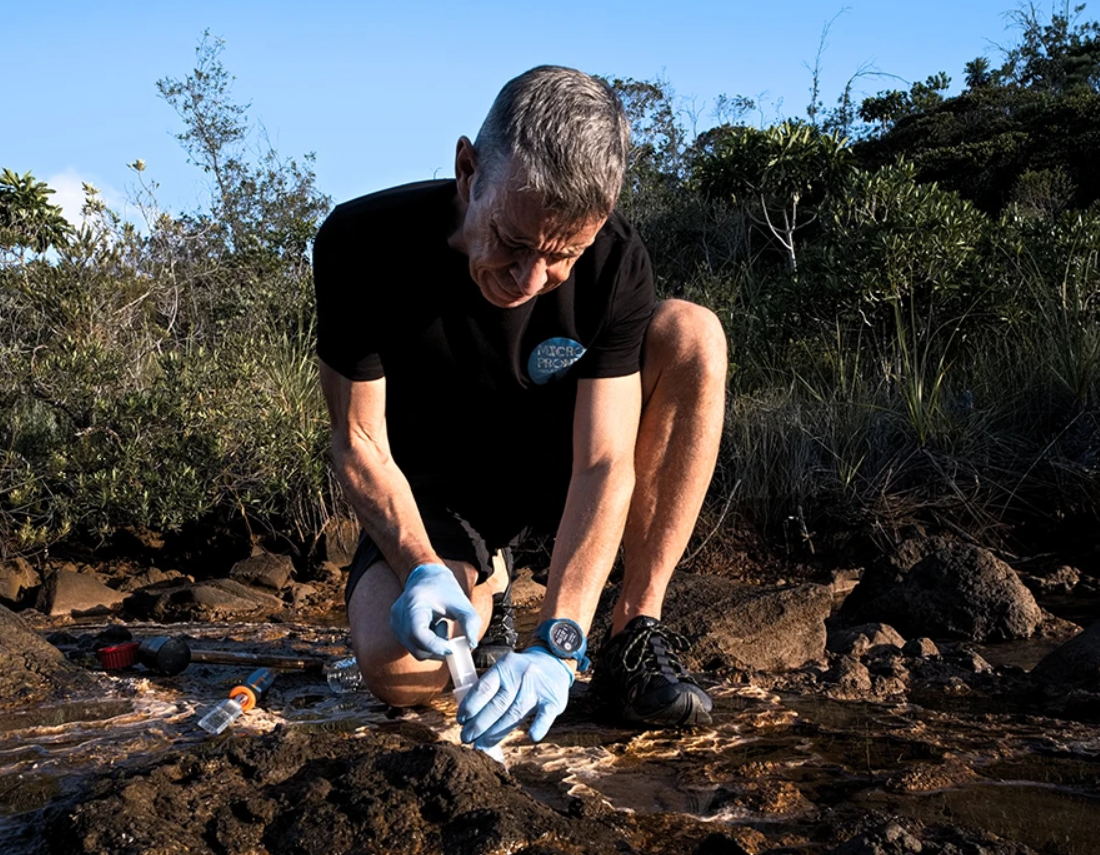I analyse ‘extremophile’ microbes to understand life’s origins
Article published on the Nature website - April 10, 2023
Microbiologist Gaël Erauso, MEB team of the MIO, studies deep-sea microorganisms to understand how they evolved from prebiotic organic molecules billions of years ago.
When I started my PhD at the Roscoff Biological Station in 1989, I joined a laboratory where I began studying extremophiles — organisms that can cope with challenging conditions, such as high temperatures or extreme pH values, that no other life forms can survive. These harsh environments are characteristic of hydrothermal systems such as deep-sea or shallow-water vents.
At the time, there were no prior methods or even the proper lab equipment — the word ‘extremophile’ was not widespread. I had to set up my entire lab from scratch, and ended up identifying a species from a deep-sea thermal vent in Roscoff, France.
About a decade ago, I began collaborating with geologist Bernard Pelletier after he told me that he’d discovered a hydrothermal ‘chimney’ in Prony Bay in south New Caledonia, a French territory in the South Pacific Ocean.
A chimney is a porous tower formed from the build-up of minerals that percolate to the surface as heated fluid from the ocean’s depths meets cold seawater. And I am still involved with this research.
In this picture, I’m taking samples of that heated fluid. Our research group studies the microorganisms inside the chimney and in the fluid. We try to decipher how this microbial ecosystem works and identify the energy source that fuels the cells living there. We sequence any genetic material found in the water and in the microorganisms that dwell there. It’s a many-thousand-parts puzzle.
This research helps us to better understand what life is and what could be evidence for life. These environments are the best analogues for those that existed between 4.3 and 4.5 billion years ago, when prebiotic organic molecules gave rise to early forms of life.
So our work could help us to identify life-forming events here and on other planets.
Nature 616, 404 (2023)
More information

Credit: Jacopo Pasotti for Nature

